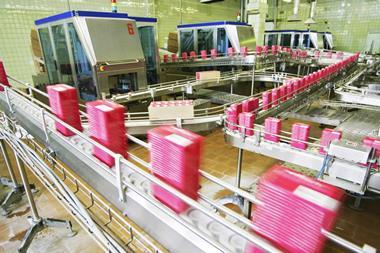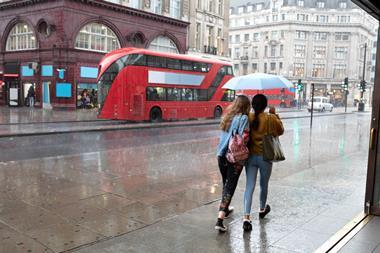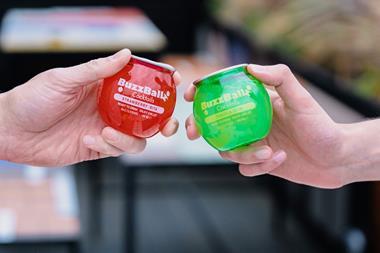
There is a tried-and-tested formula for advertisers during an economic downturn: keep focused on above-the-line brand awareness campaigns to ensure you remain front of mind when the economy recovers. It’s an approach that has served brands well over the years. But is it right for this cost of living crisis?
Rising UK inflation rates, soaring food prices and grocery shoppers switching to cheaper and non-branded goods are all recognisable. In contrast to previous economic downturns, however, this one is taking place in a very different media landscape. One in which social platforms Facebook, Twitter, YouTube, Instagram and TikTok are no longer mere toddlers, but are fully fledged.
Sticking solely to brand awareness campaigns at a national level misses the mark in two ways: it fails to take advantage of fresh opportunities to drill down locally from afar, and creates a disconnect at the point of sale.
At a local level, budget-pressed shoppers have very specific needs for specific products and discounts at certain times. Needs that are well understood by the supermarkets serving their local communities. Those needs are also served by locally-focused performance marketing with clear calls to action designed to bring shoppers into specific stores. It gives brands have an opportunity to connect at the point of sale and also to stand out on the shelf.
Taking a ‘local up’ approach isn’t as complex as it might seem. Locally-focused doesn’t have to involve a big creative rethink. An existing brand campaign with an additional last frame driving consumers to a specific location for a specific discount is an effective starting point.
Retailers are no longer the data gatekeepers they once were. Data flowback has improved, ensuring real-time data is more accessible than ever. So why not react to it?
With a location, partner and creative in place, brands can target at a very granular level. Add in robust analysis, and brands are on track to gain a real understanding of how to influence and impact sales on a local level.
Testing is crucial. At its simplest, take two locations with similar contributions to the bottom line and trial a targeted campaign. A locally-focused campaign should, of course, work towards aligning both branding and performance in ways that are measurable.
Brands should seek out proof in brand awareness through their usual channels and through the addition of brand recall surveys on digital platforms. Close scrutiny of any local sales uplift will build up the bigger picture. Just as supermarkets can reap long-term loyalty benefits from local actions to support communities, so too can brands – especially those that have spoken to shoppers during a time of need.
There’s no denying a local up approach requires time and effort. Yet the status quo works better for media agencies than for the brands they represent and the end consumers those brands serve. Developing an appetite for local is an essential step for brands now rethinking how to increase sales, and drive awareness and loyalty.
A time of crisis is a good time to look at doing things differently. The landscape for local has changed and brands are well-placed to take advantage of the potential that has opened up. A brand-to-local strategy right now will put you on a good footing for the economic downturn – and the eventual recovery.



















No comments yet